Winter Solstice |
|
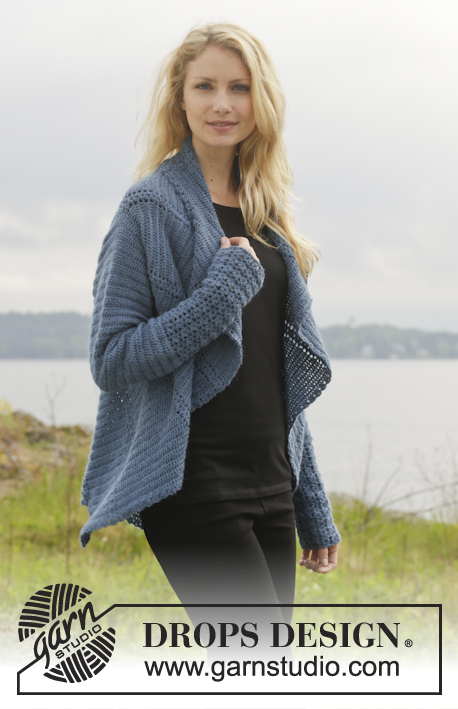 |
 |
Crochet DROPS jacket worked in a circle in "Alpaca". Size: S - XXXL.
DROPS 158-10 |
|
|
CROCHET INFO: Beg every round/row with 3 ch that replace 1st tr and finish every round/row with 1 sl st in 3rd ch from beg of round/row. PATTERN GROUP: Each pattern group consists of: 1 ch, 2 TR WORKED TOG - see explanation below, 2 ch, 2 tr worked tog and 1 ch. TR WORKED TOG: * Make 1 YO, insert hook in ch-space, get yarn, make a YO, pull through 2 of the sts on hook *, repeat from *-* one more time, make 1 YO and pull yarn through all 3 sts on hook. CROCHET 3 TR TOG: Work 3 tr into 1 tr at beg of row as follows: Work 2 ch (= replace 1 tr), work 1 tr, but wait with last pull through (= 2 strands on hook), then work next tr but on last pull through, pull yarn through all sts on hook. DECREASE TIP (applies to sleeves): Dec at beg of row by working 1 sl st over the tr to be dec. Dec at end of row by working until 1 tr to be dec remains, turn piece. -------------------------------------------------------- CIRCLE: Work 5 ch on hook size 3.5 mm with Alpaca and form a ring with 1 sl st in first ch. READ CROCHET INFO. ROUND 1: Work 13 tr in ch-ring. ROUND 2: Work * 2 tr in every tr*, repeat from *-* the entire round = 26 tr. ROUND 3: Work * 2 tr in first tr, then 1 tr in next tr *, repeat from *-* the entire round = 39 tr. ROUND 4: Work * 2 tr in first tr, then 1 tr in each of the next 2 tr *, repeat from *-* the entire round = 52 tr. ROUND 5: Work * 1 tr in next tr, then 2 ch, skip 1 tr *, repeat from *-* the entire round = 26 ch-spaces and 26 tr. REMEMBER THE CROCHET TENSION! ROUND 6: In first tr work PATTERN GROUP - see explanation above, * 1 tr in next tr, 1 pattern group in next tr *, repeat from *-* until 1 tr remains, 1 tr in last tr = 13 pattern groups with 1 tr between each. Then work piece back and forth. Work every row tog at the end of row with 1 sl st in first st on row. Turn piece. ROW 7 (= from WS): 2 tr in first tr, * 1 pattern group in next pattern group, 2 tr in next tr (= tr-group) *, repeat from *-* until 1 pattern group from previous row remains, 1 pattern group = 13 pattern groups with 13 tr-groups between each. Turn piece. ROW 8: 1 pattern groups in first pattern group, * 2 tr in first tr, 1 tr in each of the next tr in tr-group, 1 pattern group in next pattern group *, repeat from *-* until 1 tr-group remains, 2 tr in first tr, 1 tr in each of the next tr in tr-group = 13 groups with 3 tr between each. Turn piece. ROW 9: 2 tr in first tr, 1 tr in each of the next tr in tr-group, * 1 pattern group in pattern group, 2 tr in first tr of tr-group, 1 tr in each of the next tr *, repeat from *-* until 1 pattern group from previous row remains, 1 pattern group = 13 groups with 4 tr between each. Turn piece. Then repeat 8th and 9th row until 6 rounds + 18-20-22 rows have been worked (= 19-21-23 tr between every pattern group) = 247-273-299 tr and 13 pattern group. Piece measures approx. 20-22-23 cm from centre and outwards. Now work armholes as follows in the different sizes: SIZE S/M: ROW 25 (= from WS): Inc in every group with tr as before. Work 20 tr, 1 pattern group, 20 tr, work 50 loose ch (= right armhole), skip 2 tr-groups and 2 pattern groups. Then work tr-groups and pattern groups as before over the next 114 tr, work 50 loose ch (= left armhole), skip 2 tr-groups and 2 pattern groups, work as before the rest of row, finish with 1 sl st in first tr on row = 180 tr and 100 ch. Turn piece. ROW 26: Continue with pattern and inc as before but work first ch-row (= left armhole) as follows: 10 tr, skip 1 ch, 11 tr, skip 1 ch, 1 pattern group, skip 1 ch, 11 tr, skip 1 ch, 10 tr, skip 1 ch, 1 pattern group and skip 1 ch. I next ch-row (= right armhole) work the same way but in opposite order, i.e. beg by skipping 1 ch, 1 pattern group and finish with tr = 273 tr. ROW 27-50: Work pattern as before but now inc only on even numbered rows until 50 rows have been worked in total = 429 tr (33 tr in every tr-group). Piece measures approx. 42 cm from centre and outwards. SIZE L/XL: ROW 27 (= from WS): Inc in every group with tr as before. Work 22 tr, 1 pattern group, 22 tr, work 54 loose ch (= right armhole), skip 2 tr-groups and 2 pattern groups. Then work pattern as before over the next 126 tr, work 54 loose ch (= left armhole), skip 2 tr-groups and 2 pattern groups, work as before the rest of row, finish with 1 sl st in first tr on row = 198 tr and 108 ch. Turn piece. ROW 28: Continue with pattern and inc as before but work first ch-row (= left armhole) as follows: 11 tr, skip 1 ch, 12 tr, skip 1 ch, 1 pattern group, skip 1 ch, 12 tr, skip 1 ch, 11 tr, skip 1 ch, 1 pattern group and skip 1 ch. I second ch-row (= right armhole) work the same way but in opposite order, i.e. beg by skipping 1 ch, 1 pattern group and finish with tr = 299 tr. ROW 29-52: Work pattern as before but now inc only on even numbered rows until 52 rows have been worked in total = 455 tr (35 tr in every tr-group). Piece measures approx. 43 cm from centre and outwards. SIZE XXL/XXXL: ROW 29 (= from WS): Inc in every group with tr as before. Work 24 tr, 1 pattern group, 24 tr, work 58 loose ch (= right armhole), skip 2 tr-groups and 2 pattern groups. Then work pattern as before over the next 138 tr, work 58 loose ch (= left armhole), skip 2 tr-groups and 2 pattern groups, work as before the rest of row, finish with 1 sl st in first pattern group on row = 216 tr and 116 ch. Turn piece. ROW 30: Continue with pattern and inc as before but work first ch-row (= left armhole) as follows: 12 tr, skip 1 ch, 13 tr, skip 1 ch, 1 pattern group, skip 1 ch, 13 tr, skip 1 ch, 12 tr, skip 1 ch, 1 pattern group and skip 1 ch. I second ch-row (= right armhole) work the same way but in opposite order, i.e. beg by skipping 1 ch, 1 pattern group and finish with tr = 325 tr. ROW 31-54: Work pattern as before but now inc only on even numbered rows until 54 rows have been worked in total = 481 tr and 37 tr in every tr-group. Piece measures approx. 45 cm from centre and outwards. ALL SIZES: Insert 4 markers in the piece as follows from WS: Work 16-17-18 tr, insert 1st marker here, work 17-18-19 tr, * 1 pattern group, 33-35-37 tr *, repeat from *-* 3 more times, insert 2nd marker here (1st-2nd marker = right front piece). Work 1 pattern group, 33-35-37 tr, 1 pattern group, 33-35-37 tr and 1 pattern group, insert 3rd marker here. * Work 33-35-37 tr, 1 pattern group *, repeat from *-* 3 more times, 17-18-19 tr, insert 4th marker. (3rd-4th marker = left front piece). Work the rest of row. Sts between 1st and 4th marker are up towards neck. Cut the yarn and fasten. RIGHT FRONT PIECE: Now work right front piece between 1st and 2nd marker, beg from 2nd marker (i.e. from RS) = 149-158-167 tr and 4 pattern groups. Continue inc on every row in tr-groups as before BUT do not inc in tr-groups in each side of front piece - AT THE SAME TIME dec 2 tr at beg of every row by CROCHET 3 TR TOG - see explanation above. Continue to work until 12-14-16 rows have been worked over front piece. Cut the yarn and fasten. LEFT FRONT PIECE: Work left front piece between 3rd and 4th marker the same way as right front piece, beg from 4th marker (i.e. from RS). SLEEVES: Work back and forth from armhole and down, work every row tog with 1 sl st at the end of row. Use hook size 3.5 mm and Alpaca. Beg by working 86-94-102 tr around the opening for sleeve, beg of row should be under sleeve. Then work 3 rows with 1 tr in every tr. Continue with 1 tr in every tr - AT THE SAME TIME dec in the different sizes as follows: READ DECREASE TIP! SIZE S/M: Dec 1 st in each side of piece every other row 4 times and then every 3rd row 12 times (= 16 times in total) = 54 tr. SIZE L/XL: Dec 1 st in each side of piece alternately every 3rd and 2nd row 18 times in total = 58 tr. SIZE XXL/XXXL: Dec 1 st in each side of piece every other row 17 times and then every 3rd row 4 times (= 21 times in total) = 60 tr. Then work pattern groups as follows: ROW 1: 2 tr, 1 ch * work the next 2 tr tog, 1 ch *, repeat from *-* and finish with 2 tr. ROW 2: Work 2 tr, * in next ch work 1 pattern group, skip 1 ch *, repeat from *-*, and finish with 1 tr in each of the last 2 tr. Turn piece. ROW 3: Work 2 tr, 1 pattern group in each of the next pattern groups until 2 tr remain, work 1 tr in each of these. Turn piece. Repeat 3rd row until piece measures approx. 61 cm in all sizes. Cut the yarn and fasten. CROCHET EDGE: Work 1 round with around the entire jacket as follows: * 1 pattern group, skip 2 tr/1 row *, repeat from *-* the entire round. |
|

|
|
|
Have you made this or any other of our designs? Tag your pictures in social media with #dropsdesign so we can see them! Do you need help with this pattern?You'll find tutorial videos, a Comments/Questions area and more by visiting the pattern on garnstudio.com. © 1982-2024 DROPS Design A/S. We reserve all rights. This document, including all its sub-sections, has copyrights. Read more about what you can do with our patterns at the bottom of each pattern on our site. |
|

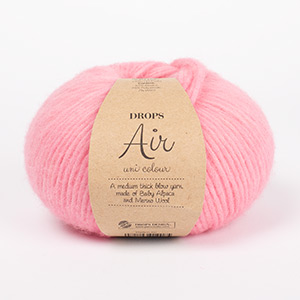





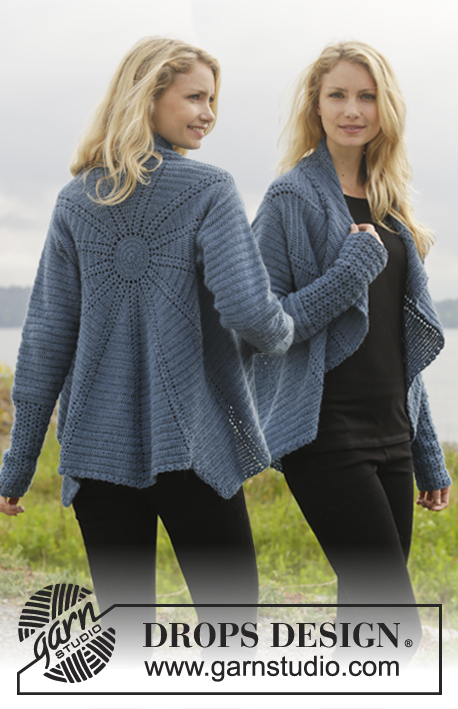




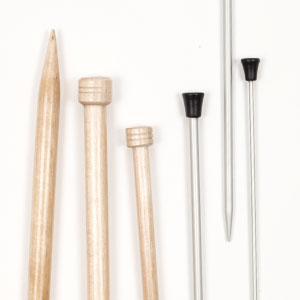
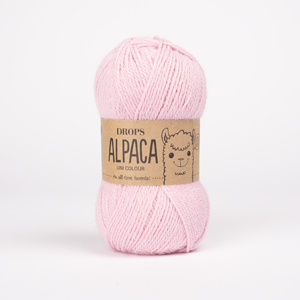






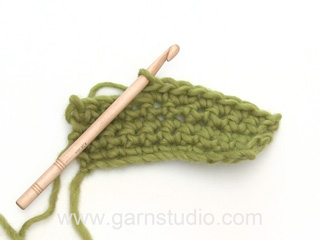
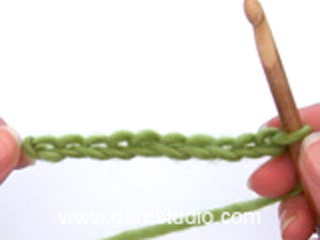
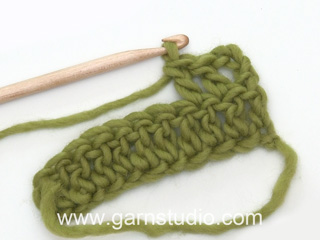
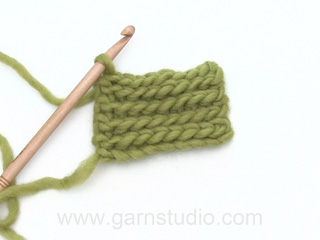
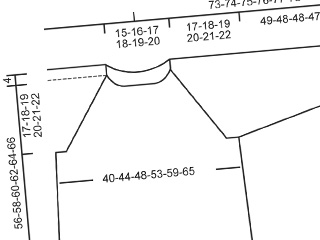
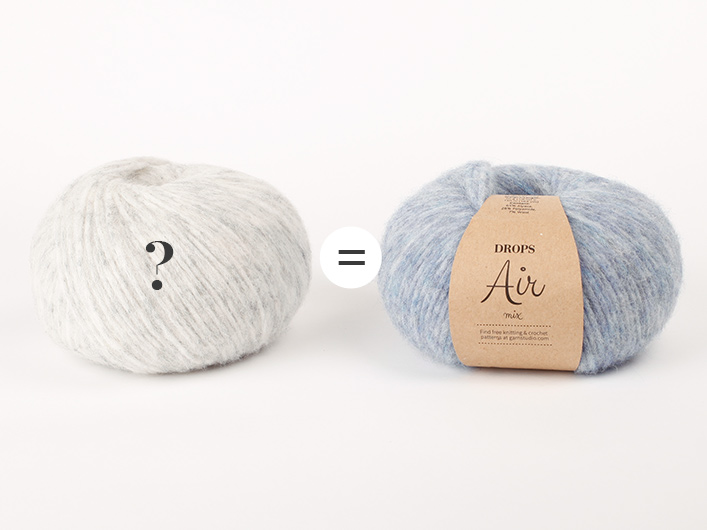

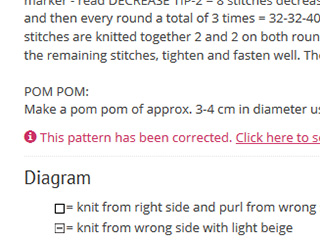
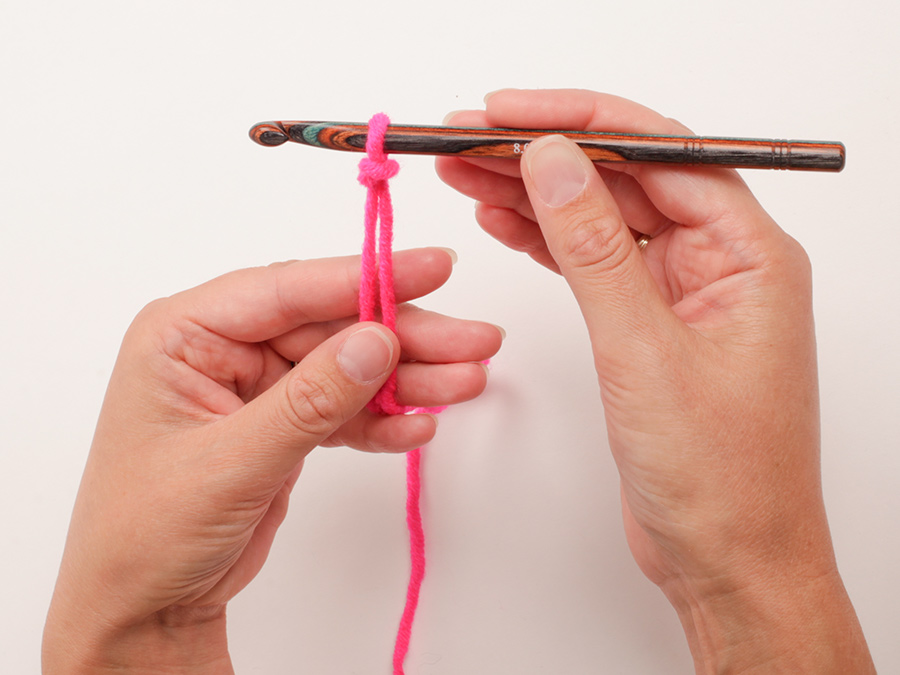
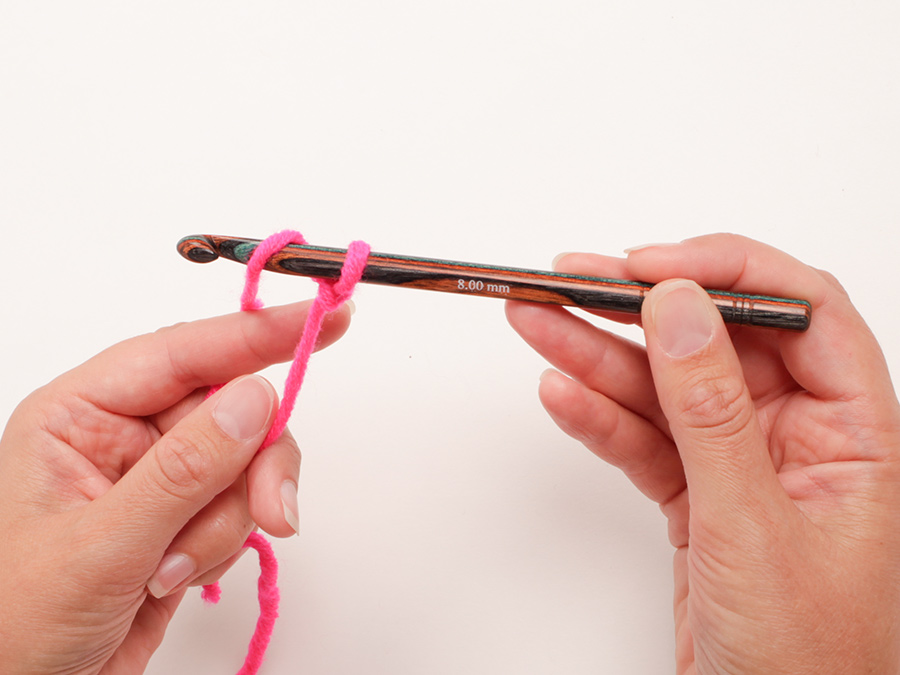

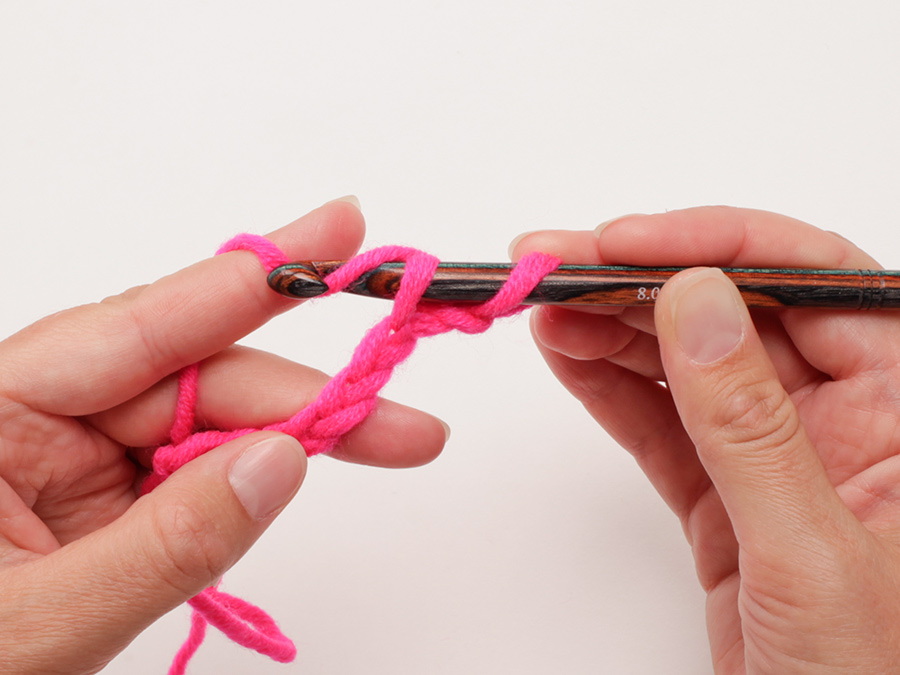
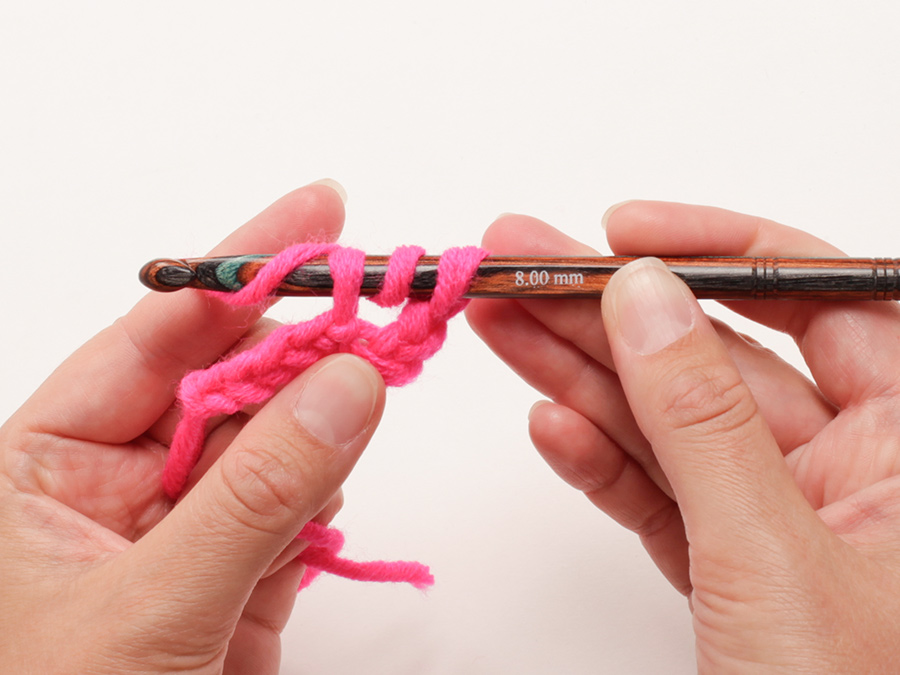

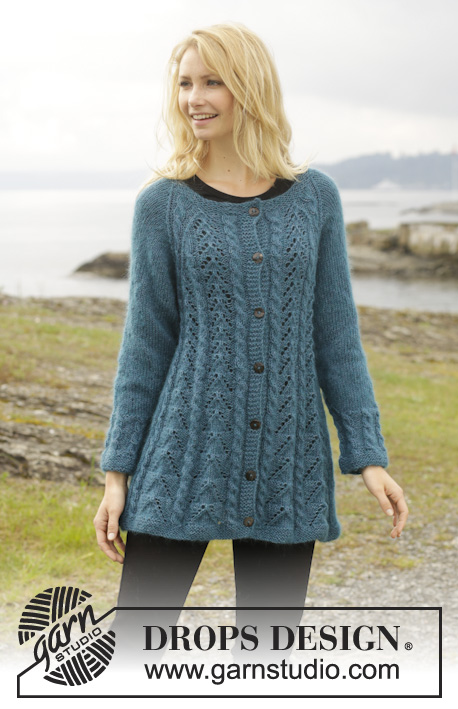
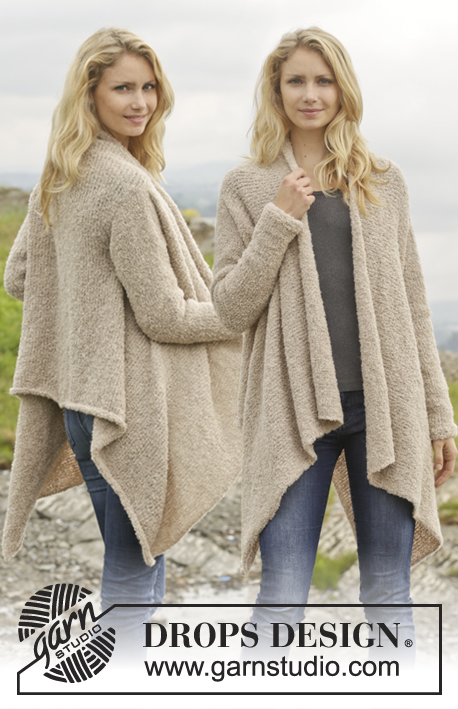

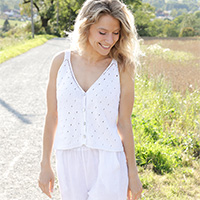
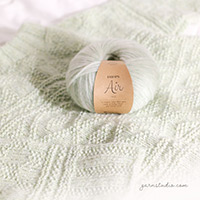
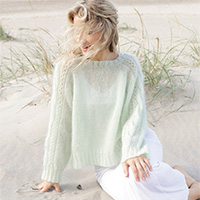

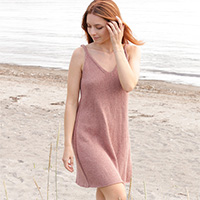
Comments / Questions (295)
One more question- for the first pattern group on row 6, do I omit the ch1 at the start of the group instructions? I understand the ch3 will count as the first dc.
03.10.2018 - 00:00DROPS Design answered:
Dear Lynn, start the round 6 with 3 ch then work 1 pattern group (= 1 ch, 2 dc tog, 2 ch, 2 dc tog, 1 ch), and at the end of the round, finish with 1 sl st in 3rd ch from beg of round -these 3 ch will not count as first st. Happy crocheting!
03.10.2018 - 07:58I’m having trouble starting row 6- Do I ch 3 then make the pattern group?
02.10.2018 - 02:18DROPS Design answered:
Dear Lynn, You start row 6 with a pattern group ( 1 ch, 2 TR WORKED TOG , 2 ch, 2 tr worked tog and 1 ch.). However, you have to replace the fisrt tr with 3 ch st. Happy Crafting!
02.10.2018 - 07:49Sorry for the confusion with my last question - I have done the arm holes and have done row 50. Now following the all sizes part to put the markers in for th side pieces. I started working the pattern with 33 tr then pattern group then 16 tr before placing my marker. Is this correct? I have then worked 17 tr then pattern group, 33, group, 33, group, 33, group, 33 then placed 2nd marker. Looking how this is working, it is not even with The arm holes and remaining symmetrical. Thank you
07.08.2018 - 11:39DROPS Design answered:
Dear Deborah, thanks for these further explanations. first marker should be 16 tr before 2nd pattern group, then work 17 sts (1 pattern group, 33 sts) x 4 times and insert 2nd marker here. Work 1 pattern group, 33 sts, 1 pattern group, 33 sts, 1 pattern group, insert 3rd marker here, now work (33 sts, 1 pattern group) x 4 times, 17 tr and insert 4th marker. Continue now to the end of row as before. Both armholes should be symetrical. If you have the correct number of sts, it's a bit tricky to find out where/what is wrong, make sure your armholes are symetrical and have the correct number of sts for each front piece. Happy crocheting!
07.08.2018 - 15:38Hi, I am struggling with the placement markers for the s/m size. I started working the pattern with 33 tr then pattern group then 16 tr before placing my marker. Is this correct? I have then worked 17 tr then pattern group, 33, group, 33, group, 33, group, 33 then placed 2nd marker. Looking how this is working, it is not even with The arm holes and remaining symmetrical. Thank you
07.08.2018 - 08:50DROPS Design answered:
Dear Deborah, in size S/M you should have 19 tr between pattern groups on the row before crocheting the armholes, then you crochet as before (inc in tr group = 20 tr in each tr-group) and pattern groups as explained, skipping sts replaced by chains for both armholes. Both armholes should be symetrical. Happy crocheting!
07.08.2018 - 09:33Ik heb toer 26 gehaakt maar als ik het armsgat wegdenk dan zet het patroon zich in toer 27-50 niet precies voort zoals daarvoor, klopt dat? Als ik het werk op de goede kant bekijk dan klopt de ‘taartpunt’ in de nek nog. Aan weerszijden zijn 21 stokjes, over de 50 lossen komen opnieuw 21 stokjes (dus geen patroongroep er tussen). Dan aan weerzijden een patroongroep, 21 stokjes en weer een patroongroep. Dan stopt het armsgat en is er opnieuw een patroongroep, wat doe ik verkeerd?
04.08.2018 - 23:23DROPS Design answered:
Dag Rosemarijn, Je kunt het patroon met de stokjesgroepen, stokjes en meerderingen gewoon voortzetten over de 50 lossen, alsof er geen gat is. In plaats van in de steken van de vorige toer, haak je dan in de lossenlus. Omdat je heen en weer aan het haken bent begint het patroon bij het armsgat aan de ene kant bij een stokjesgroep en aan de andere kant bij een patroongroep.
06.08.2018 - 09:48Bonjour, dans la toute dernière étape de la manche, dois-je tourner l'ouvrage entre le 1er et le deuxième rang ce n'est pas spécifié . Merci d'avance
05.07.2018 - 17:25DROPS Design answered:
Bonjour Sonia, les manches se crochètent en allers et retours en joignant la fin de chaque rang avec 1 mc dans la 1ère m du début du tour, on va donc crocheter alternativement sur l'endroit et sur l'envers tout le temps pour conserver la même texture. Bon crochet!
06.07.2018 - 08:08Prosím, nevím si rady s ř. 27 u vel. L/XL. Poté, co uháčkuji 54 řo, návod říká, abych vynechala 2 skupinky DS a 2 sekvence vzoru - myslí se tím vynechat následující sekvenci, sk. DS, další sekvenci a sk. DS? To by však znamenalo, že další háčkování pokračuje sekvencí, která bude jakoby ve vzduchu a až s další sk. DS se příze vrátí k původní řadě. Nemělo by se po 54 řo začínat sk. DS? Tedy vynechat sekv., sk. DS, sekv., sk. DS a 3. sekv.? Děkuji
29.06.2018 - 23:37DROPS Design answered:
Dobrý den, Lenko, návod by měl být v pořádku - je to tak, jak píšete, ve 27. řadě (RUBOVÉ!) vynecháte sekvenci vzoru + 22 DS + sekvenci vzoru + 22 DS a háčkujete do původní řady dál jako před tím; začínáte sekvencí vzoru - ta by měla navazovat na předchozí sekvence, aby zůstal zachován "paprsek" vzoru. Hodně zdaru! Hana
29.07.2018 - 15:31I'm currently working on the L/XL and I'm having trouble figuring out the first arm hole row. exactly how many pattern groups and DC stitches am I skipping for the 54 chain? Also, which stitch am I starting the chain on ?
30.05.2018 - 21:28DROPS Design answered:
Dear Kat, on row 27 in size L/XL you skip for armhole: 1 pattern group, 22 dc, 1 pattern group and 22 dc , chain 54 and continue working as before (next will be a pattern group) over the next 126 dc then skip for 2nd armhole 2 dc group and 2 pattern group and crochet 54 chains then continue in pattern as before to the end of row. Happy crocheting!
31.05.2018 - 08:12Jillian wrote:
Before I ask my question I wanted to tell you that I love your designs, they are amazing. Thank you for all the free patterns. My question is once you work the right and left front of the jacket they will be an opening at the neck so how do you join them . Thank you
18.05.2018 - 19:16DROPS Design answered:
Dear Gillian, thank you very much. There shouldn't be any opening, when the jacket is flat it should looks like the chart with measurements, ie the top of circle will shape the collar and each front piece is worked then separately for some more cm/inches. Happy crocheting!
22.05.2018 - 08:10Miffy wrote:
Hi Please can you explain exactly how to work 86 stitches for the first row of armholes in s/m? I had assumed you would work into every single chain, plus the top/bottom of every stitch, but there are many more stitches and chains going around the opening. It also unclear how to deal with the ‘sides’ of the stitches that form the bottom and top of the armholes. Thanks.
12.05.2018 - 23:43DROPS Design answered:
Dear Miffy, crochet 43 sts along each side of the armholes, arrange the sts skipping sts evenly if necessary to have a nice edge. Happy crocheting!
14.05.2018 - 11:49